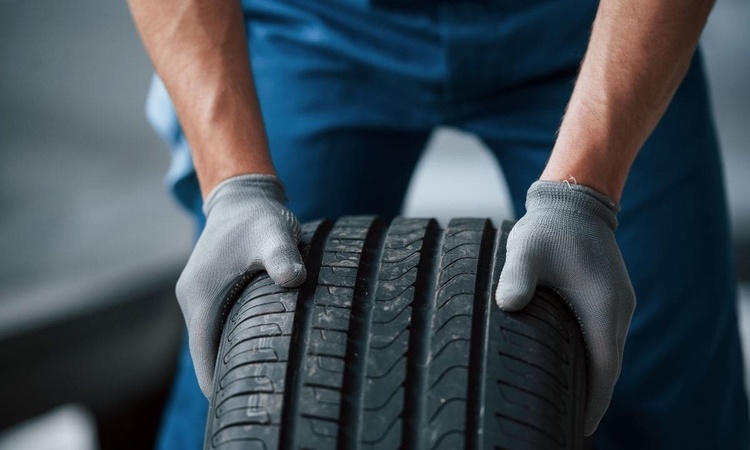Pre-Trip Checklist for Reliable Long-Distance Drives
Preparing for a long-distance drive reduces stress and roadside problems. A focused pre-trip routine covers basic maintenance, safety checks, routing, and energy planning for gasoline, hybrid, or electric vehicles. This brief overview helps drivers identify priority inspections and on-the-road considerations that support reliability and a smoother journey.

Start your long-distance drive preparation with a clear, prioritized pre-trip routine that goes beyond packing. Inspect key systems, confirm service records, and plan energy stops for fuel or charging. Regular maintenance and a targeted inspection before departure can uncover issues early, protect occupants, and preserve resale value. Keep essential documents, a basic tool kit, and emergency supplies accessible so you can respond quickly if something unexpected occurs.
Maintenance and inspection essentials
Routine maintenance is the foundation of a reliable trip. Check oil level and condition, coolant, transmission fluid, and windshield washer fluid. Verify tire pressure (including the spare) and tread depth; improper pressure affects fuel economy and handling. Replace worn wiper blades and test exterior lights. A focused inspection within a few days of departure helps prevent avoidable breakdowns and supports long-term vehicle health through scheduled service intervals.
Safety checks and brakes inspection
Prioritize safety systems before a long drive. Inspect brake pads, rotors, and brake fluid level for signs of wear or contamination. Confirm that seat belts latch and airbags display normal indicator lights. Test exterior mirrors and ensure proper headlight aim for night driving. Carry a basic first-aid kit, reflective triangles or a high-visibility vest, and review emergency contact numbers for roadside assistance in your area.
Diagnostics, connectivity, and telematics
Modern vehicles rely on diagnostics and connectivity to alert drivers to issues. Scan for diagnostic trouble codes with an OBD-II reader if available; a persistent check-engine light warrants professional attention. Ensure smartphone connectivity and in-car navigation are updated, and verify telematics subscriptions are active if your vehicle depends on them for remote diagnostics or assistance. Reliable connectivity can help with rerouting and locating charging or fueling stations along your route.
Fuel, charging for electric and hybrid
Plan energy stops according to vehicle type. For gasoline vehicles, map fuel stations along the route and allow margin for detours. For electric or plug-in hybrid vehicles, identify charging stations, confirm connector compatibility, and factor in charging speeds and dwell times. Account for range changes due to speed, terrain, and climate control use. Packing a portable charger or adapter for common public stations can reduce delays and improve trip predictability.
Emissions, warranty, and resale considerations
Keeping emissions systems and warranty documentation current protects both compliance and future resale value. Ensure the exhaust, catalytic converter, and related sensors are functioning to avoid breakdowns or roadside failures. Review warranty coverage and service intervals that might affect authorized repairs. Maintaining records of inspections and servicing supports transparency for resale and can preserve value by showing consistent upkeep.
Financing, roadside assistance, and trip planning
Review financing and insurance details before departure so claims or questions can be handled efficiently if needed. Confirm roadside assistance coverage and understand what services are included in your policy or membership. Build a realistic itinerary with rest breaks and alternative routes; factor in likely traffic windows, weather advisories, and local services in your area. Having contingency plans reduces stress when unforeseen events arise.
Conclusion A consistent pre-trip checklist that addresses maintenance, inspection, safety, diagnostics, energy needs, emissions, and administrative items increases the odds of a reliable long-distance drive. Tailor checks to your vehicle type—especially whether it is electric or hybrid—and document completed inspections. Thoughtful preparation supports comfort, reduces the chance of roadside disruptions, and helps maintain the vehicle’s condition over time.





